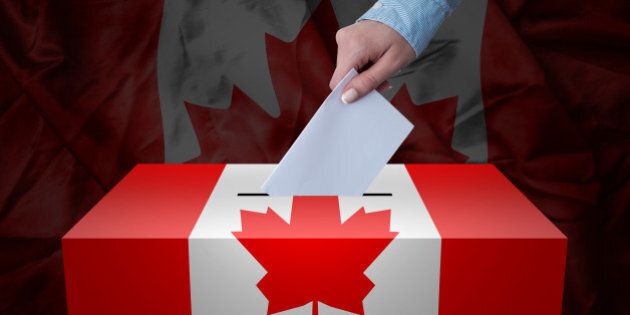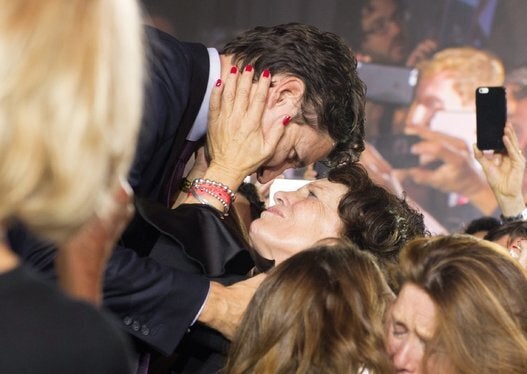
Electoral reform is back on the Canadian political radar and, as part of this process, the perennial issue of compulsory voting has once again raised its ugly head.
While most non-voters are simply apathetic, non-engaged citizens who couldn't be bothered to make the effort to educate themselves and cast a ballot, some are consciously opting out of the process. Should those folks be punished for what is essentially a political point of view?
Some commentators suggest that compulsory voting is necessary to ensure a higher voter turnout and a stronger democracy. However, the lack of voter turnout appears to be a red herring.
Our last federal election saw almost 70 per cent of eligible voters show up to the polls. Granted, that was the highest rate in more than 20 years, but it demonstrates the strength of our electoral system. Where the differences between parties are minimal, the voting rate is typically lower, often in the 50 or 60 per cent range. However, when the differences are significant and the political direction of the country is at stake, it's clear that far more citizens become engaged and are motivated to vote.
Of course it would be preferable to have Australian-level turnout rates in the 90 per cent range, but at what cost? A forced vote is of little use. The reluctant voter is not likely to invest any effort in making an educated choice and may well simply spoil his ballot. That does nothing to legitimize the democratic process.
In Australia, failure to vote without providing a good reason results in a $20 fine and repeat offenders may have to pay a higher amount. Failure to pay the fine can result in prosecution and a court-imposed penalty of up to $180.
While this system does increase the voter participation rate, there are costs. First, there is the matter of public shaming since non-voters appear on a public list. Second, there is a government bureaucracy that deals with the procedure with all the attendant costs. Finally, the courts occasionally have to get involved which is yet another drain on the public purse.
The objective of the exercise should not simply be to get more citizens to vote, especially if some are voting against their will. Rather, the aim should be to increase the number of educated, informed and engaged citizens going to the polls.
The Australian approach involves the use of a stick in the form of public shaming and a $20 fine. Instead of employing a stick, I recommend that we use a carrot in the form of a positive incentive to vote.
Instead of fining folks $20 for not voting, why not give them $20 to vote? This option avoids the public shaming and lessens the attendant bureaucracy. Given that Elections Canada and the Canada Revenue Agency already cooperate in the production of the National Register of Electors, it should be a relatively simple matter to give voters a $20 refundable credit on their tax return in the year of a federal election.
The world of commerce is replete with examples of consumers changing their habits in return for minor rewards. Think of the telecommunications provider who offered you the grand sum of $10 to switch to electronic billing or the provincial government that rewards you with 20 cents for each wine or liquor bottle you recycle.
It doesn't take much in the way of a financial incentive to get people to change their behaviour. So let's forget about the Australian "vote or else" model and adopt a friendlier approach. This could be one time when buying votes is actually a good thing.
Follow HuffPost Canada Blogs on Facebook
MORE ON HUFFPOST:
